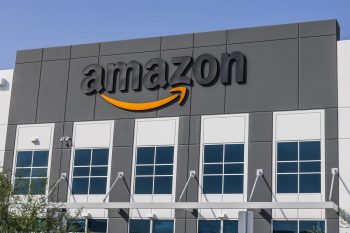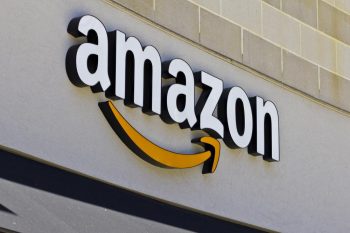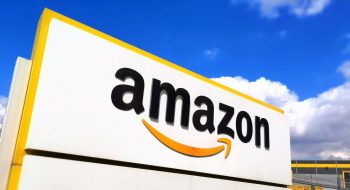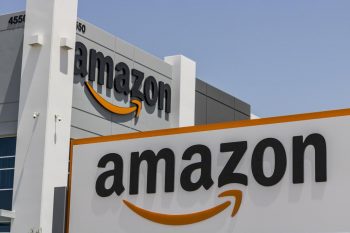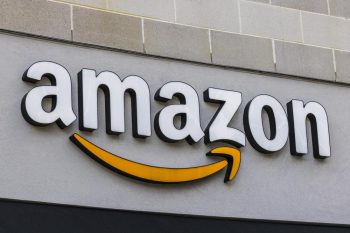
Amazon is a popular platform for buying and selling products online, offering a vast marketplace for businesses of all sizes. One key aspect of selling on Amazon is understanding their fee structure, especially the Amazon Referral Fee. This article will provide an in-depth explanation of the Amazon Referral Fee, how it’s calculated, its impact on sellers, and strategies to maximize profits.
The Amazon Referral Fee is a charge that Amazon applies to sellers for each item sold on its platform. It’s calculated as a percentage of the total sales price, including the item price, shipping costs, and any gift-wrapping charges. The fee typically ranges from 6% to 45%, depending on the product category, and is designed to cover the costs of promoting and facilitating product sales on Amazon’s platform.
Understanding the Amazon Referral Fee
Essentially, the Amazon Referral Fee is a cost that Amazon charges sellers for each item sold on its platform. This fee is calculated as a percentage of the total sales price, which includes the item price, shipping costs, and any gift-wrapping charges. The referral fee is designed to cover the costs associated with promoting, advertising, and facilitating product sales on Amazon’s platform.
Typically, the referral fee is around 15% of the total sales price. However, the percentage can range from 6% to 45%, depending on the product category. The fee is applied to every item sold, as well as extras like gift wrap, and is charged in addition to any selling plan fees.
For instance, if a product’s sale price is $100 and the referral fee percentage is 15%, the referral fee would be $15 (100 * 0.15). If you decide to place a discount or offer a coupon code on your product, Amazon will deduct the referral fee from the new discounted price, not the original price.
Impact on Sellers
While the Amazon Referral Fee may seem like an extra cost, it provides several benefits to sellers:
- Increased Exposure: Amazon’s vast customer base provides a platform for businesses to increase their visibility and reach a wider audience.
- Increased Revenue: Amazon’s referral fees can help businesses generate additional revenue by benefiting from the increased traffic and sales that come from being associated with the world’s largest online retailer.
- Low Cost: Compared to other forms of advertising and marketing, Amazon referral fees are relatively low, making them an attractive option for businesses looking to increase their visibility without breaking the bank.
However, there are also some drawbacks:
- High Commissions: Amazon charges high commissions on product sales, which can affect the seller’s overall profits.
- Fee Variability: Referral fees vary depending on the product category, making it essential for sellers to keep an eye on their product categories and the corresponding referral fee rates.
- Fee Changes: Amazon has the final say when it comes to fees, including referral fees, and those fees are always subject to change.
Strategies to Maximize Profit
Despite the costs, there are several strategies that sellers can employ to maximize their profits:
- Enroll in Amazon’s Brand Referral Bonus program: This program offers a 10% bonus on sales generated from non-Amazon marketing efforts, which can help reduce your referral fee cost.
- Optimize product listings: Improve your product titles, descriptions, and images to increase visibility and sales.
- Choose niche categories with lower referral fees: Research and identify categories with lower referral fees to reduce this expense and increase profitability.
- Manage inventory efficiently: Keep track of your inventory levels to avoid storage fees and ensure you have enough stock to meet customer demand.
- Optimize Amazon advertising costs: Use high-traffic, less competitive keywords to reduce your cost per click and improve your advertising efficiency.
- Price your products competitively: Understand the various fees associated with selling on Amazon and factor these costs into your pricing strategy to ensure you’re making a profit.
Conclusion
The Amazon Referral Fee is a crucial aspect of selling on Amazon. Although it may seem like an extra cost, it provides sellers with increased exposure and the potential for increased revenue. By understanding how the referral fee works and employing strategies to maximize profits, sellers can successfully navigate the Amazon marketplace and grow their businesses.
Frequently Asked Questions
What is the Amazon Brand Referral Bonus program?
The Amazon Brand Referral Bonus program is a scheme that rewards sellers for driving external traffic to Amazon. If a customer clicks on a seller’s off-Amazon marketing and makes a purchase, the seller can earn a bonus. This bonus is calculated as a percentage of the product’s sale price and can help to offset the referral fee.
How can I optimize my product listings on Amazon?
Optimizing product listings on Amazon involves improving product titles, descriptions, and images. Make sure your titles are clear, concise, and include relevant keywords. Descriptions should be detailed and provide all the necessary information about the product. High-quality images can also attract more customers and increase sales.
How can I manage my inventory efficiently on Amazon?
Efficient inventory management on Amazon involves tracking your inventory levels regularly to ensure you have enough stock to meet customer demand. You can use Amazon’s inventory management tools to monitor your stock levels, predict future demand, and avoid running out of stock or overstocking.
How can I optimize my Amazon advertising costs?
To optimize your Amazon advertising costs, you can use high-traffic, less competitive keywords in your product listings and advertisements. This can reduce your cost per click and improve the efficiency of your advertising. It’s also important to regularly review and adjust your advertising strategy based on performance data.
How can I price my products competitively on Amazon?
To price your products competitively on Amazon, you need to understand the various fees associated with selling on Amazon, including the referral fee, and factor these costs into your pricing strategy. You should also research your competitors’ prices and consider your product’s demand and supply when setting your price.

